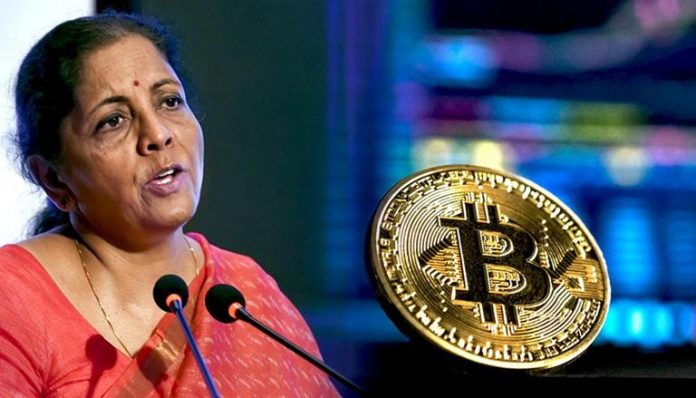In comparison with existing forms of money, the central bank digital currency can offer benefits to users in terms of liquidity, scalability, acceptance, ease of transactions with anonymity and faster settlement
On Tuesday, an announcement was made by the Finance Minister Nirmala Sitharman that the government will launch digital currency (a digital version of the rupee) soon using block-chain and other technologies. The digital currency will be issued by reserve Bank of India (RBI) and will be launched within 2022-2023.
“Speaking during the Budget 2022 session in the Parliament, Sitharaman said, “Digital currency will also lead to a more efficient and cheaper currency management system. It is therefore proposed to introduce digital rupee using block-chain and other technology to be issued by the Reserve Bank of India starting, 2022 and 2023”.
On income arising out of digital assets, the government has also decided to levy 30per cent tax, the highest tax band in the country, Sitharaman said. However, losses from sale of digital assets cannot be offset against other income, she added.
What is a digital currency or Central bank digital currency (CBDCs)?
The term central bank digital currency (CBDC) refers to the virtual form of a fiat currency. A CBDC is an electronic record or digital token of a country’s official currency. As such, it is issued and regulated by the nation’s monetary authority or central bank. As such, they are backed by the full faith and credit of the issuing government.
By bringing the unbanked into the financial system, CBDCs can simplify the implementation of monetary and fiscal policy and promote financial inclusion in an economy. Because they are a centralized form of currency, they may erode the privacy of citizens. CBDCs are in various stages of development around the world.
In comparison with existing forms of money, the central bank digital currency can offer benefits to users in terms of liquidity, scalability, acceptance, ease of transactions with anonymity and faster settlement, RBI had earlier said, adding the central banks across the globe are deliberating on how to implement CBDCs.
India is not the only country that is experimenting with a digital legal tender. The digital dollar, e-yuan, and digital euro are some of the projects that various central banks are experimenting with across the world.
“The adoption of CBDC will improve and make it easier for people to use Polytrade with the supporting infra provided by the govt. The development will make digital currencies more accessible to the people just as UPI made digital cash easier to use. We expect that in near future the government will continue to support and encourage digital currencies that will propel the GDP to $5 trillion as envisaged by our PM Narendra Modi”, said Piyush Gupta, CEO, Polytrade.
Industry estimates suggest there are 15 million to 20 million crypto investors in India, with total crypto holdings of around 400 billion rupees ($5.37 billion). No official data is available on the size of the Indian crypto market.
Sitharaman, who in her maiden Budget presentation in 2019 shunned the long-standing practice of carrying the speech and Budget document in a briefcase in favour of a ‘bahi-khata’ holding the papers, used a handheld tablet to read her speech on the last occasion on 01 February 2021.
Also read: CIO News interviews Shri Wangki Lowang, Minister (IT) of Arunachal Pradesh
Do Follow: CIO News LinkedIn Account | CIO News Facebook | CIO News Youtube | CIO News Twitter
About us:
CIO News, a proprietary of Mercadeo, produces award-winning content and resources for IT leaders across any industry through print articles and recorded video interviews on topics in the technology sector such as Digital Transformation, Artificial Intelligence (AI), Machine Learning (ML), Cloud, Robotics, Cyber-security, Data, Analytics, SOC, SASE, among other technology topics






